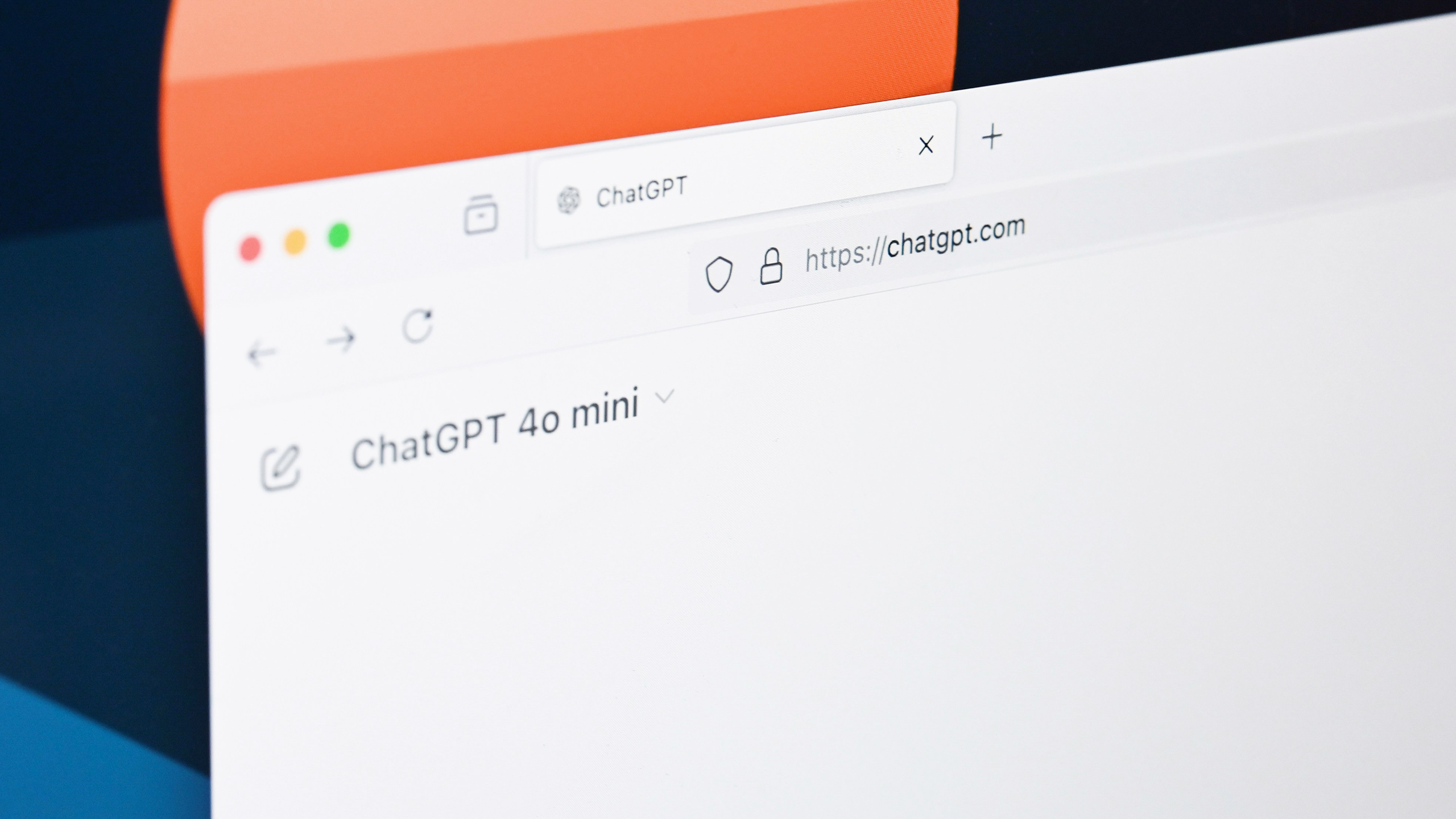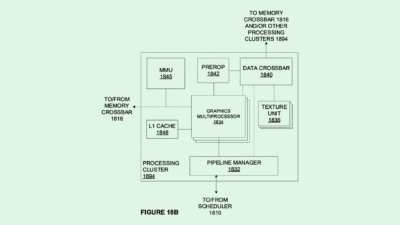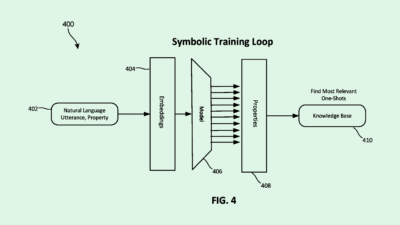How OpenAI Became a C-Suite Darling
It’s more than just a first-mover advantage, one expert says.

Sign up to get cutting-edge insights and deep dives into innovation and technology trends impacting CIOs and IT leaders.
When ChatGPT burst into the public eye in November 2022, it set off a wave of AI excitement that’s still being reckoned with today – and gave OpenAI a significant head start in becoming a household brand.
It’s the preferred choice of companies, too. In a study of more than 30,000 US businesses from fintech firm Ramp, 32.4% reported a paid subscription to OpenAI’s services as of April, vastly outstripping its competitors. Anthropic took second place at 8%, followed by xAI at 0.5% and Google and DeepSeek tied at 0.1%.
OpenAI’s success mirrors that of AWS in the cloud space: Though being first in line gave it an advantage and significant brand awareness among enterprise users, it didn’t stop there, said Thomas Randall, advisory director at Info-Tech Research Group:
- A big factor in its success has been ease of use. OpenAI created a “smooth pathway for enterprises” to seamlessly adopt its technology for a broad range of use cases, Randall said.
- The company also reeled in developers early with extensive API documentation and software development kits, he said, which allowed businesses to “speed run their own AI-powered functionality.”
- OpenAI has also given its ecosystem “stickiness,” Randall noted, through integrations and partnerships with commonly used business platforms like Salesforce, Microsoft and Slack.
The speed of its development also has given it an edge, Randall said. “In basically two and a half years … what it could do then versus what it can do now is just worlds apart in terms of quality. They haven’t stood still.”
And while different models have their own talents, they’re all chasing similar benchmarks and eyeing the same market. Because of this, “overall, OpenAI and Anthropic cover the vast majority of use cases,” Randall said.
One thing that Ramp’s index leaves out, however, is those who prefer building to buying. While it’s much easier for an enterprise to acquire first by utilizing tools that are on the market, some may prefer to build in-house or take advantage of open-source offerings, such as Meta’s Llama family of models, Randall said.
The build route is best for companies looking for a niche model that has no use cases on the market, Randall said. It’s also better if your organization needs to retain total control over what goes in and comes out of a model, or if the model is operating at the core of a business, he noted.
“If organizations have got very strict data sovereignty or customization, or they have an entire team whose culture is build before buy … under an open license, they will get far more out of building out privacy infrastructure,” he said.
But building can be costly and time-consuming, putting it out of reach for the majority of enterprises, Randall noted. And while data privacy risks certainly exist, proper governance can keep them under control.
“If an organization is very clear about governing these models, there’s no model which will be inherently riskier than another,” Randall said. “The question they should ask is, ‘Does this model fit what we’re looking for or not?’”











